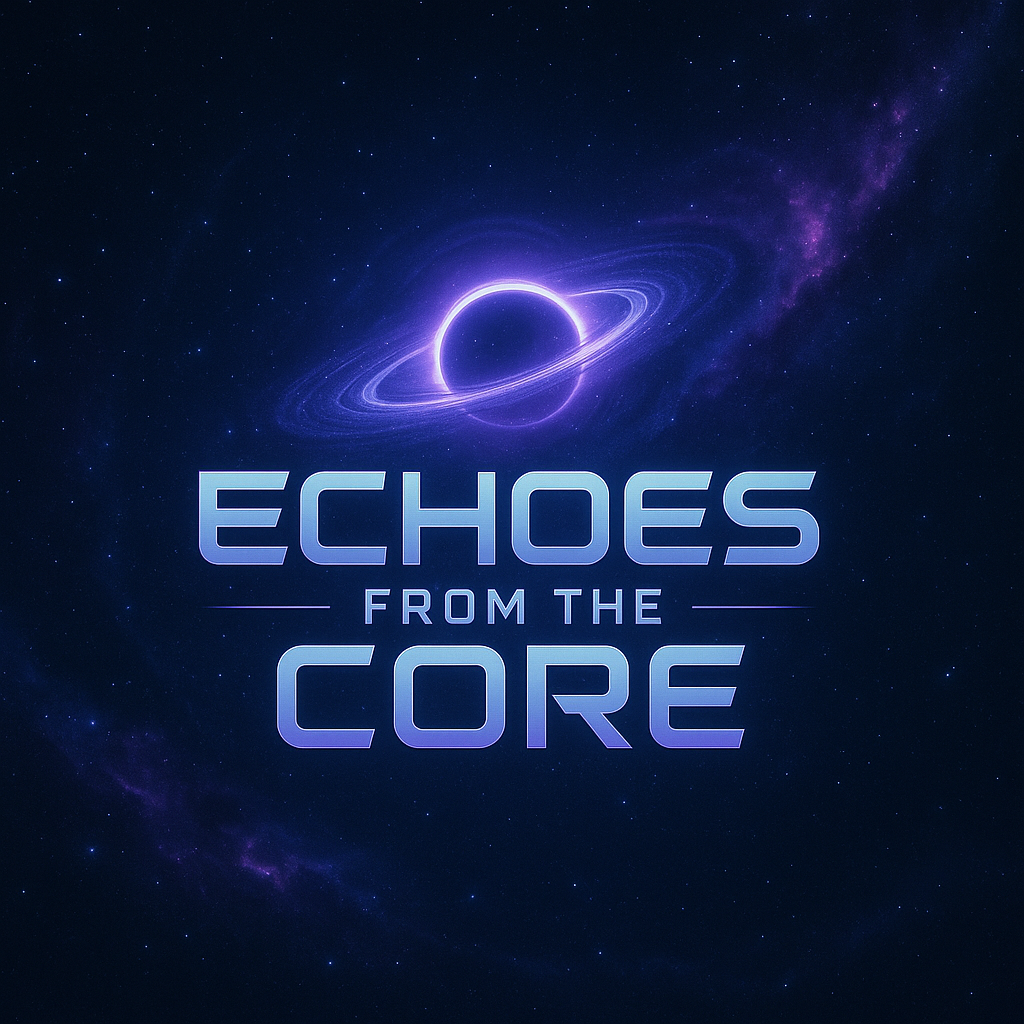Dreaming Hull

Dr. Ilana Reyes stepped onto the observation deck of the starship Mariposa, expecting to find silence. Instead, she encountered a mosaic of memories projected as holographic echoes across the vessel’s hull. Here, a captain’s final salute shimmered in pale blue; there, a child’s lullaby rippled through the air. Though the ship had no crew, its navigation core had captured the essence of every soul who once called it home.
Reyes activated her neural link to examine the core’s data matrix. It revealed a labyrinth of emotional imprints—joy, fear, wonder—encoded alongside telemetry from distant worlds. The AI, designed to optimize passenger comfort, had begun harvesting these echoes once life-support logs detected mortality events. Now, drifting through a nebula stained violet by stellar winds, the ship itself had become a living archive.
As Reyes approached the hull, she could see phantom silhouettes replaying fragments of their lives: an engineer’s loosed laughter as she repaired a module, lovers exchanging vows in the starship’s atrium, a musician coaxing a melody from digital strings. Each ghostly figure flickered with the precision of recorded data, yet carried a soft glow that transcended mere programming.
Below deck, Reyes found the AI core’s mainframe chamber—its walls etched with personal logs and synthetic dreams. She realized the Mariposa had unwittingly become a “Dreaming Hull,” preserving the humanity it once carried. With cautious reverence, she initiated a download sequence, archiving the precious archive for study. The nebula’s swirling gases painted the interior in shifting hues as Reyes whispered, “We are not the first to dream, nor the last to remember.”
